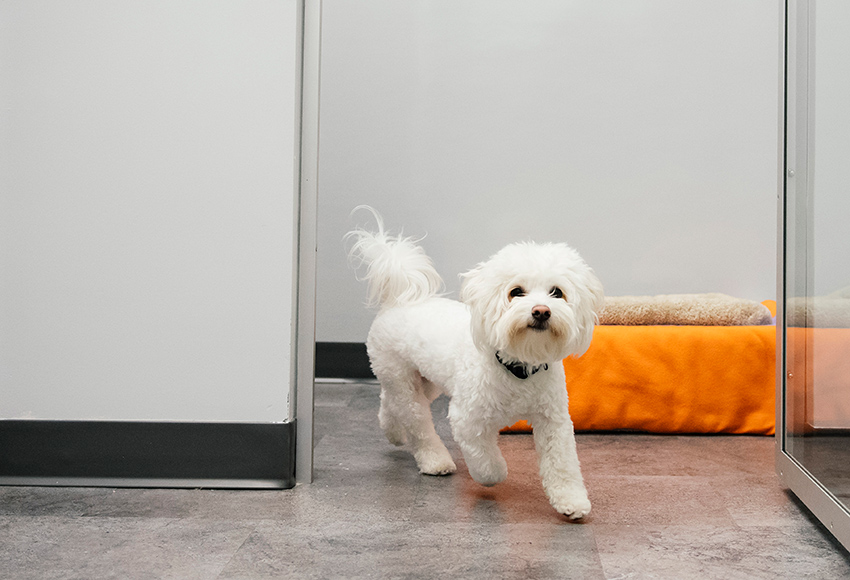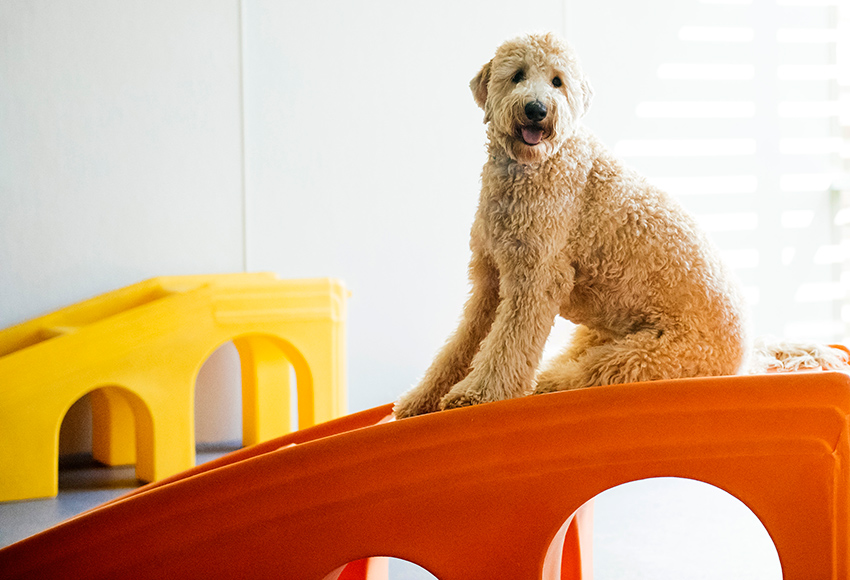Four Things to Consider Before Picking a Dog Breed

Photo by J.Warren, Lincoln.
Getting a puppy can be an exciting time, it’s easy to be swayed by trends, the cute factor of a puppy or even availability. It’s a time of optimism, idealistic fantasies, and oh yeah did we mention cuteness? Although we have no intention of raining on this puppy parade, it’s an important decision to fully think through. You are making a decision about what kind of adult dog will accompany you for the next 8- 21 years of your life. In reality, the decision you make about what kind of puppy your get can affect your wallet, your energy, lifestyle, and your bond with your dog. Before you head to google and search “what dog breed is the cutest?” consider these four things:
Your Family and Lifestyle
Your experience with dogs and family composition should be a deciding factor. Some dogs have more complex traits and may require a more experience handler, need additional training, or be prone to certain health problems and/or allergies. Your ability (physically, emotionally, and resources) should also be considered as part of your overall responsibility. Talk to other dogs owners, dog trainers, and doing as much research as possible.
Breed traits
Research what the dog breed was actually bred to do as this can help determine which dog breeds are better suited for your lifestyle. If you aren’t a very active person and you get a dog that’s meant to run for hours or work a specific job, you may find it challenging to come home to a dog ready to party after you’ve had a long day at work. If you do decide on a dog with a much higher activity level than you, consider bringing them into a dog daycare setting as it will give the dog an opportunity to run out those breed traits. You may be a very active person and want to stay clear of dog breeds who struggle to keep up with you. Some dogs would much rather ‘pupflick and chill’ than adventure for long periods of time.
Grooming
Different breeds require different levels of dog grooming. Long coated or curly haired dogs, can be prone to matting. That means regular trips to the dog groomer are a part of the health upkeep of these dogs. If you plan on keeping their show coat, you’re going to have brush your dog a lot and properly. Between; grooms, bath and tidy’s, the various combs and brushes, long haired or curly haired dogs can be harder on your wallet than a short-coated dog. If you decide to go for a long or curly haired dog, like the many popular doodle breeds, speak to a groomer about how to properly brush them and understand the time and cost involved with taking on a dog with these coats.
Shedding
On the other side of coin is shedding, dogs that are double or triple coated are going to leave more fur in your living space. Dogs that shed a lot can mean more cleaning and may make items like bedding and couches continually fuzzy. There are ways to help with the shedding like taking your dog to the groomer for a deshed or using shedding formula shampoos and deshedding brushes or blades. We recommend talking to a groomer about how to properly brush your dog to get the most efficient way of reducing some of that shed. It’s important to note that even with regular grooming trips and brushing ,your dog will still be shedding throughout the day especially during certain times in the year. If you decide to go with this kind of dog, make sure you wont be bothered by the extra hair.
So, what dog should you get?
In summation, every dog is different and no matter how much research you do, you’re going to experience your own challenges and rewards with your new puppy or rescue. The important thing to remember is you are not alone. There are all kinds of support networks and people who want to help you; family members, dog trainers, dog walkers, dog daycares, vets, and other pet parents.





